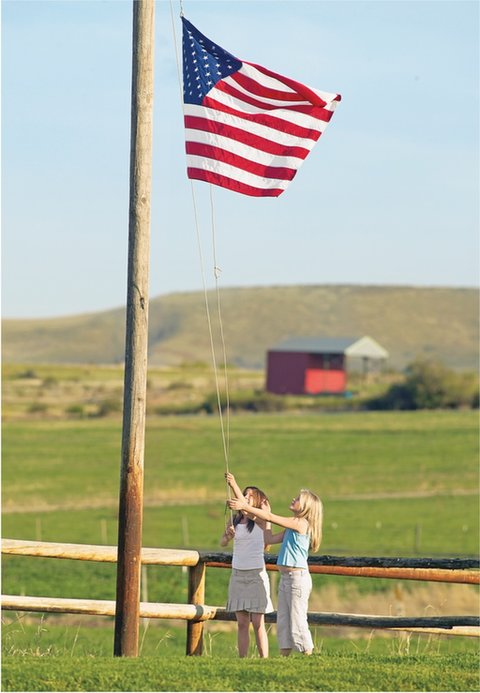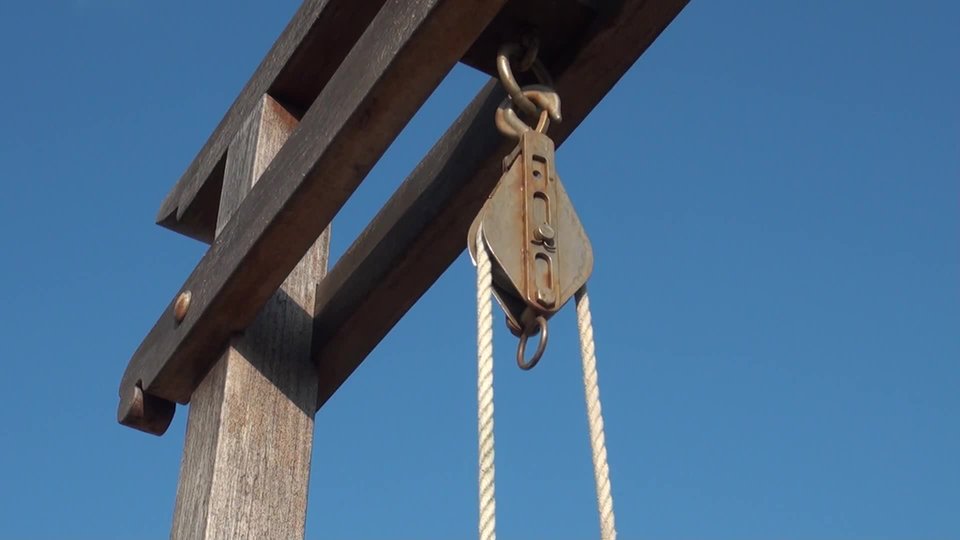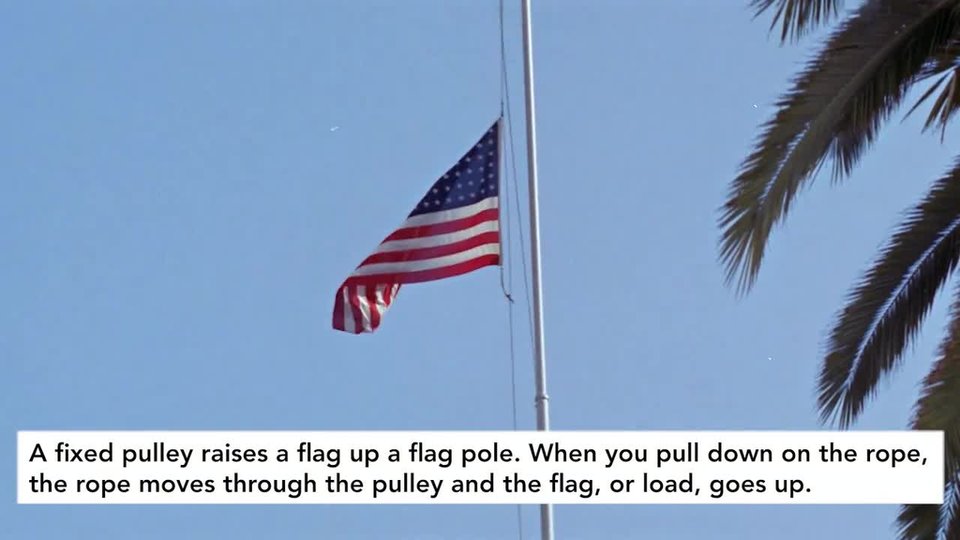Problem
Youclimbthelastfewrungsoftheladderandstepinside.“Wow,isthiscool!”Yourfriendisbehindyou.“Itoldyouso.”It’syourfirsttimeinyourfriend’stree house.Ithasjustabouteverything.Twocomfychairs,atable,abookshelf,games,evena TV.
Youplopdowninachair.Thenyourealizethatyou’rehungry.“Gotanyfooduphere?”“IknewIforgotsomething,”yourfriend says.
Justthen,yourfriend’sgrandmothercomesoutofthehousecarryingtwolunch bags.
“Yay,Grandma,youreadourminds!Now,if only therewasawaytogetthebagsuphere.”“Hmm. . .,” saysGrandma.Shestaresatathickbranchnearthedoorwayofthetreehouse.“Ihaveanidea.I’llberight back.”
Solution
Afewminuteslater,Grandmacomesbackwitharopeandabucket.Shetiesabigknotinoneendofthe rope.
Sheswingstheknottedendafewtimesandletsitfly.Theropesailsoverthebranch.Theknotdanglesjustafewfeetabovetheground.Sheundoestheknotandtiestheendtothebucket handle.
“Oh,Igetit!”yousay.“Whatagreatidea!”Grandmaplacesthelunchbagsinthebucket.Shepullstheotherendoftherope.Witheachpull,thebucketrisesclosertothetree house.
Atthetop,it’seasytoreachoutandgrabthebucket. . . and lunch.
IntheGroove
Howcanaropeandabranchbeamachine?Together,theyformapulley.Apulleyisawheelwithacordwrappedaroundit.Thecordmightbearope,achain,orevenasteelcable.Thecordfitsinagroovearoundthewheel.Thatway,thecorddoesn’tslipout.Thewheelturnsasthecordispulledthroughthe groove.
Thebranchdoesn’thaveagroove.Anditdoesn’tturnlikeawheel.Buttheideaisthesame.Grandmapulleddownononeendoftherope.Thentheotherendmovedup.Thepulleymadeiteasiertoliftthebucket.Itchangedthedirectionoftheforce.Aflagpoleworksthesame way.
1
Pulldownonthisendofthe rope.
2
Theropemovesthroughthe pulley.
3
Theflagmovesupwiththisendofthe rope.


